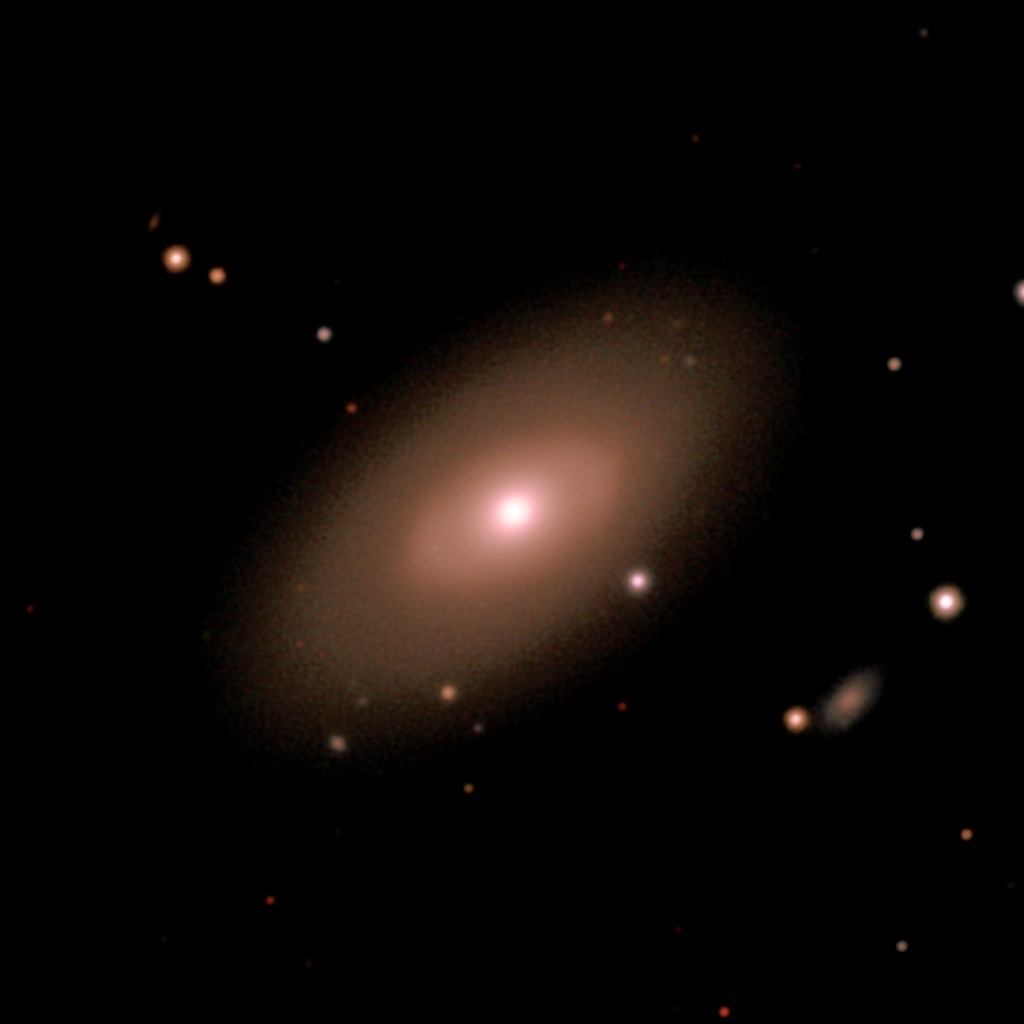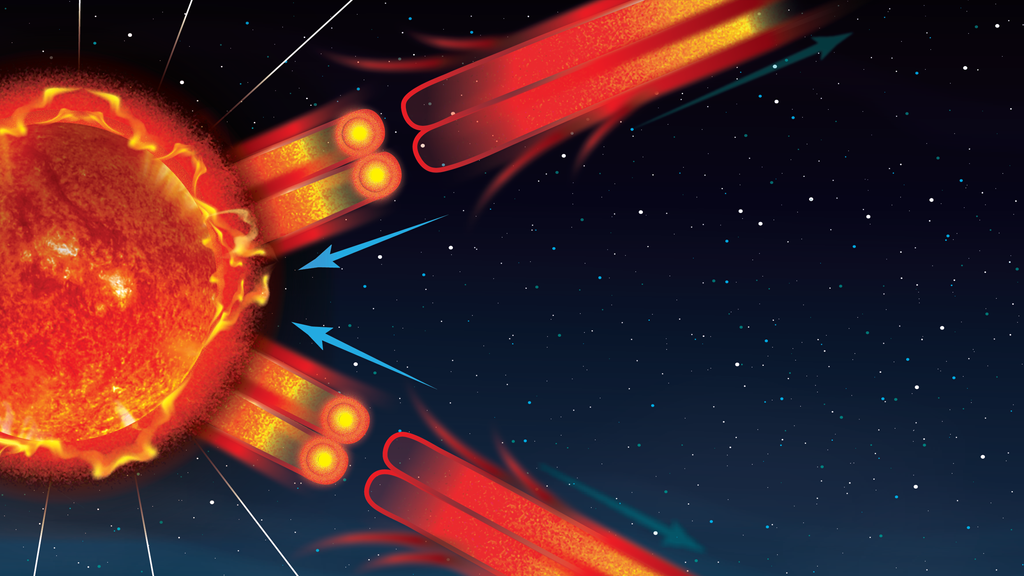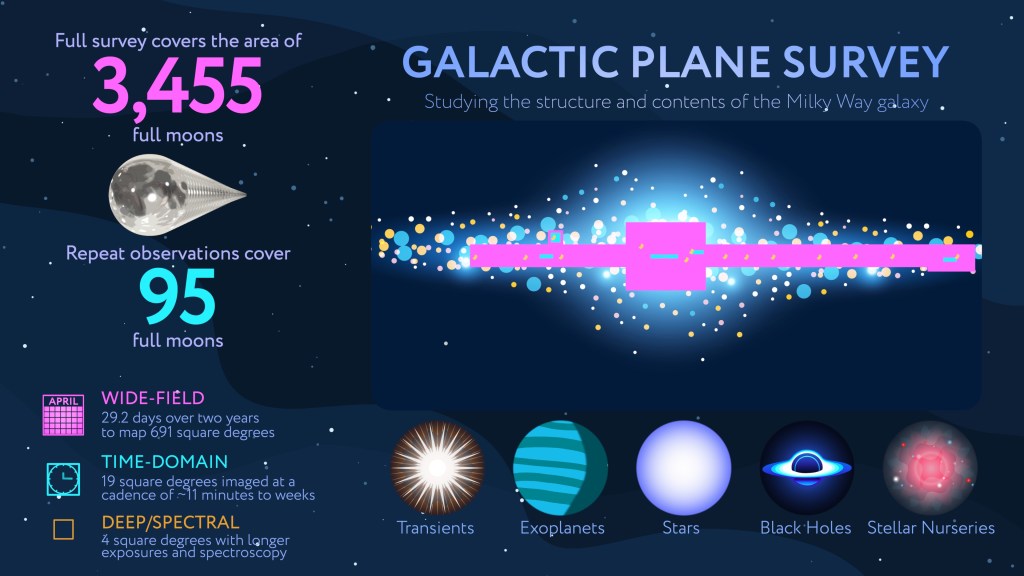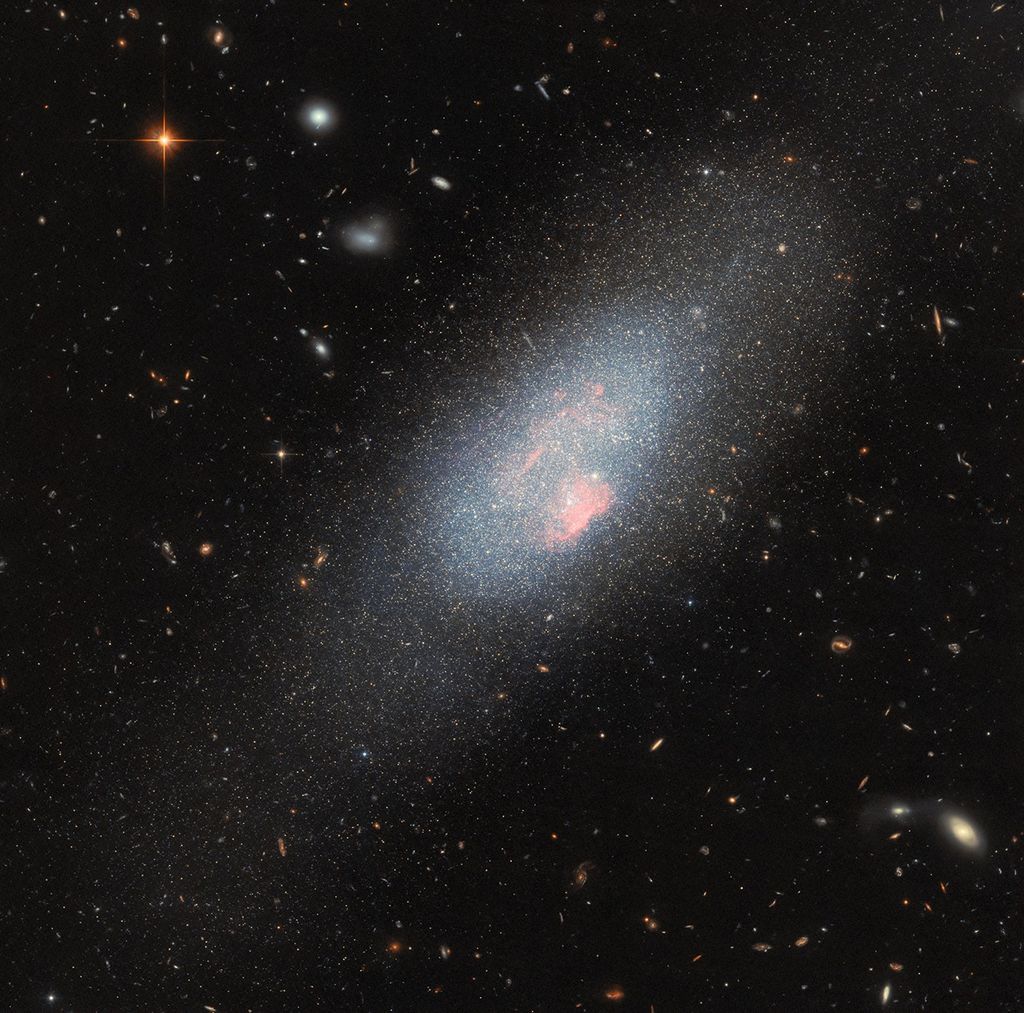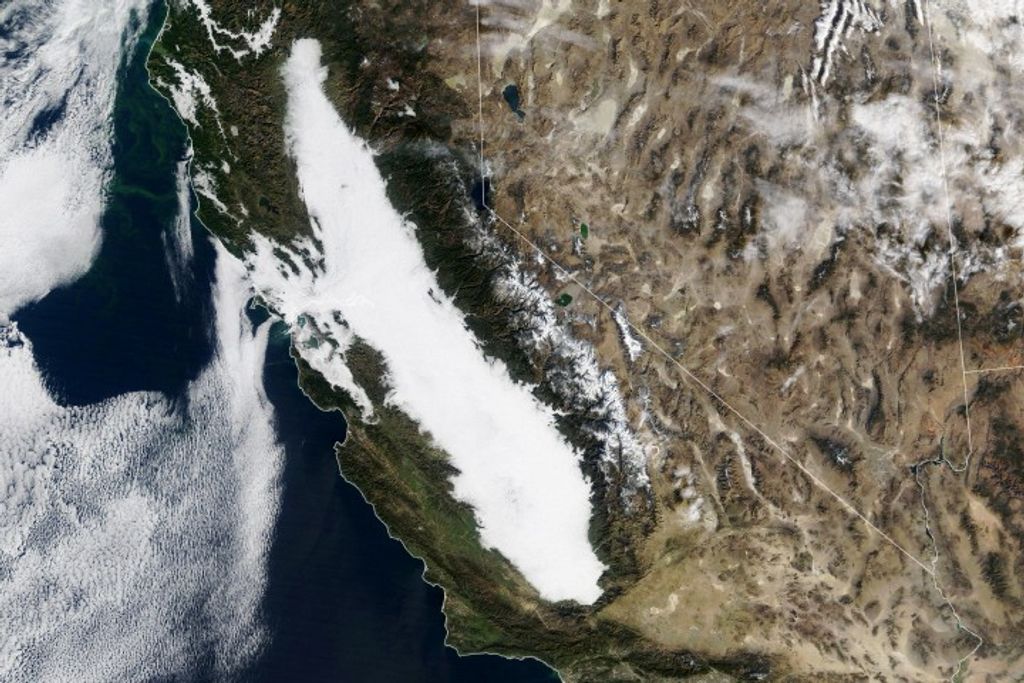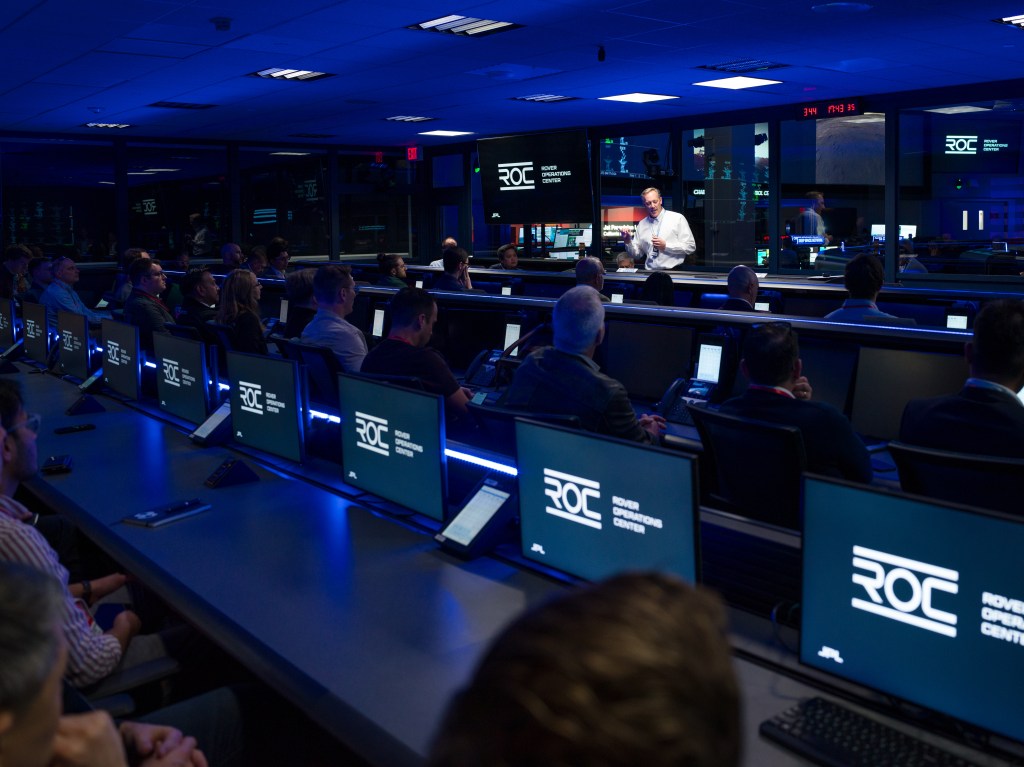Refine Your Research:

This comprehensive lecture on Transient Luminous Events (TLEs) includes three interrelated lectures: Each lecture explains the phenomena, the structure, and the physics and chemistry related to the events. Learners are treated to real examples, and educators have notes to go…
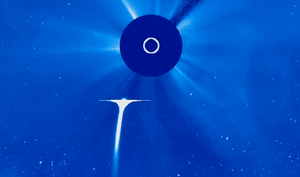
(Grades K-12+) A brief video (~3 minutes) discussing "sungrazer" comets, including example footage from past observations by spacecraft. Sungrazing comets come very close to the sun at their nearest approach, a point called perihelion
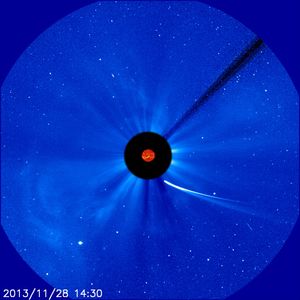
(Grades 6-12+) A collection of images and videos produced by NASA's Scientific Visualization Studio which illustrate how various spacecraft from NASA’s heliophysics mission fleet observed Comet ISON in 2013.
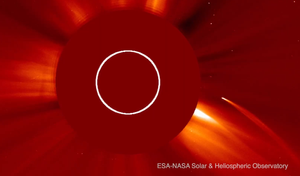
(Grades K-12+) A short video (~3 minutes) about how amateur astronomers have used data released from the ESA and NASA's SOHO mission to discover over 5,000 new comets.
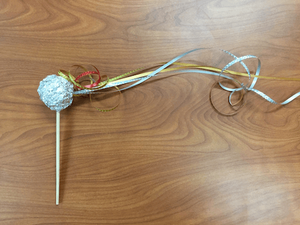
(Grades K-12+) An illustrated, step-by-step guides which shows students how to make their own model comet materials available at home.
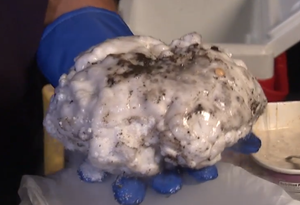
(Grades K-12+) This Do-It-Yourself activity guides students through making their own simulated comet, providing an opportunity to make observations, discuss changing states of matter, and demonstrate measuring skills.
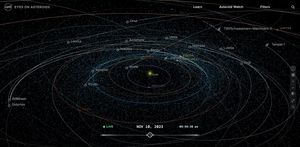
(Grades K-12+) NASA's Eyes is a suite of 3D visualization applications that allows everyone to explore and understand real NASA data and imagery in a fun and interactive way.
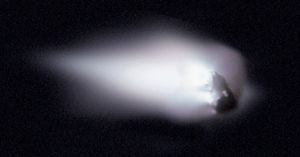
(Grades 6-12+) A page from NASA's Solar System Exploration Directorate website which gives an overview of comets, with history and examples included.

(Grades 6-12+) The resource provides a guided exploration of comets which helps students build upon their own knowledge.
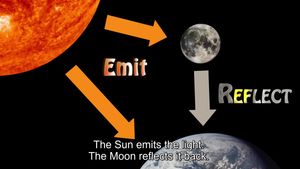
This article describes how Sunlight results in moonlight, full and crescent moons, lunar eclipses and plays a major role in lunar weather. Find the article here ↗

Dr. Michael Hesse discusses his time as the Director of the Heliophysics Science Division at NASA’s Goddard Space Flight Center.
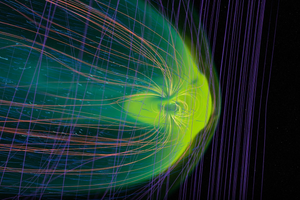
This presentation provides details about NASA's Moon to Mars Space Weather Analysis Office.
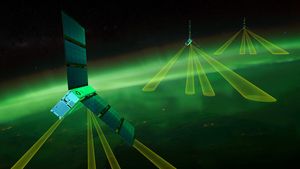
This presentation by Dr. Jesper Gjerloev explores the EZIE mission and how it will help scientists learn about the Earth-Sun system.
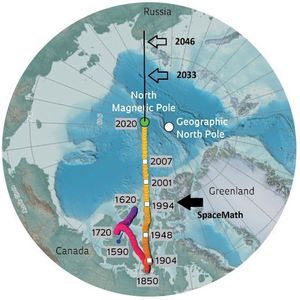
This webinar dives into the history of our knowledge of how Earth's magnetic poles move across the globe, as well as the potential implications, and provides mathematical explorations of the known science.
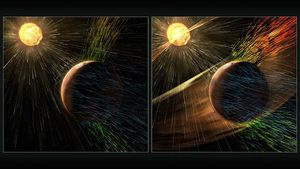
This webinar explores the processes by which a star's solar wind can gradually strip away a planet's atmosphere.


